- Written by: minepowerindia@gmail.com
- August 23, 2025
- Categories: PLC, SCADA
- Tags:
The Hidden Brains of Modern Industry:
At Mine Power, we believe automation is the foundation of modern manufacturing. Behind every efficient production line, reliable safety system, and energy-smart process, there’s a quiet powerhouse at work: the Programmable Logic Controller (PLC).
For decades, PLCs have been the unsung heroes of industrial automation — durable, flexible, and endlessly adaptable. Let’s explore how they work, why they matter, and where they’re headed in the future of smart industries.
How PLCs Work: The Three Stages:
Every PLC operates in a continuous cycle of three simple steps:
1. Inputs – Collects data from machines, sensors, or human operators.
Digital (On/Off) inputs like switches or push buttons.
Analog inputs like pressure, speed, or temperature sensors.
2. Program Execution – The PLC runs the logic defined by the programmer, comparing input data with pre-set conditions.
3. Outputs – The PLC updates connected devices accordingly.
Turning motors, pumps, or heaters On/Off.
Adjusting speeds, opening valves, or triggering alarms.
- Inside a PLC control panel: neatly arranged modules, power supplies, relays, and wiring:

Device vs. Human Inputs:
PLCs get their input from two main sources:
Device Inputs: Sensors, switches, machines sending real-time data.
Human Inputs: Operators using HMIs (Human Machine Interfaces) or SCADA systems.
This dual input ensures that automation stays both intelligent and flexible.
Fixed vs. Modular PLCs:
PLCs generally fall into two categories:
Fixed PLCs – Compact, affordable, and great for small standalone systems. Downsides: harder to expand and troubleshoot.
Modular PLCs – Scalable, customizable, and easier to maintain. Perfect for large, growing operations — though more expensive.
2.Close-up of modular PLC units with expansion capability, ideal for scalable industrial automation:
Why PLCs Changed the Game:
Before PLCs (back in the 1960s), industries relied on bulky, rigid relay systems. PLCs revolutionized automation by being:
Flexible – Reprogramming is far easier than rewiring relays.
Durable – Built for harsh environments (vibration, heat, dust).
Reliable – Fewer moving parts mean less downtime.
Smart – Capable of complex logic, precise timing, and multitasking.
Programming PLCs:
There are five standard programming languages for PLCs, making them adaptable to different industries and skill sets:
- Ladder Logic (most common)
- Function Block Diagrams
- Sequential Function Charts
- Structured Text
- Instruction Lists
PLCs, SCADA & IIoT:
In today’s connected world, PLCs aren’t working alone. They form the backbone of SCADA (Supervisory Control and Data Acquisition) and HMI systems, enabling real-time monitoring and control.
With the rise of the Industrial Internet of Things (IIoT), PLCs are evolving to support modern communication protocols like MQTT with Sparkplug B, making industrial data more accessible across networks and enterprises.
3. PLCs connected to networks for real-time monitoring and control in modern smart factories: 
The Future of PLCs:
While new devices like Programmable Automation Controllers (PACs) are emerging, PLCs remain indispensable. Their simplicity, cost-effectiveness, and reliability guarantee that they’ll continue to power automation in manufacturing, energy, and beyond.
Software platforms like Ignition are pushing this even further, enabling smarter SCADA, MES, and IIoT solutions that maximize the potential of PLC data.
Final Thoughts:
At Mine Power, we see PLCs not just as controllers, but as the core intelligence driving automation forward. From simple machine control to advanced IIoT integration, PLCs provide the reliability industries trust and the flexibility innovators need.
As industries evolve, PLCs will continue to adapt — powering safer, smarter, and more connected operations for years to come.

We provide a variety of services, including consulting, support, and training. Our focus is on helping you achieve your goals efficiently. Feel free to reach out for more details.
You can reach our support team through our contact page or send an email to support@example.com. We’re here to help you!
If you’re not satisfied with our service, you can request a refund within 30 days of your purchase. Please check our website for full details.
Yes, we offer discounts for bulk purchases and long-term clients. Please contact us for more information on how to qualify.
We offer a free trial period for new clients to experience our services. Contact us to get started with a no-obligation trial.
More information is available on our website. You can also subscribe to our newsletter for updates and tips.






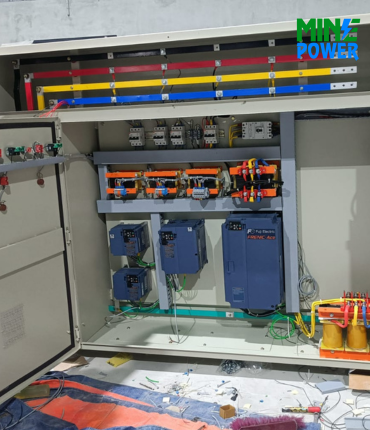
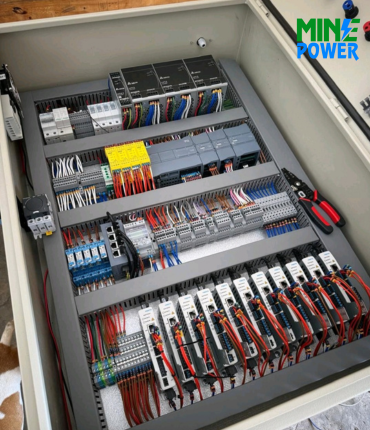
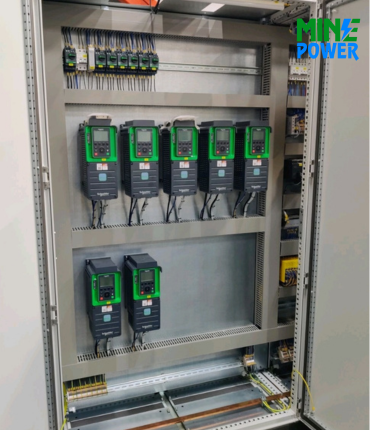
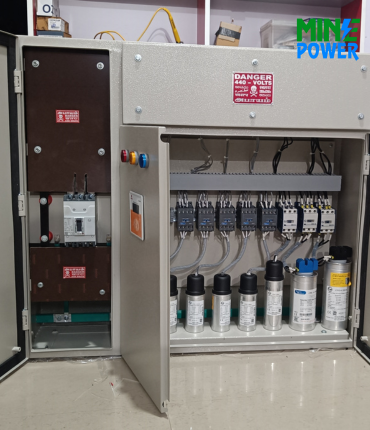

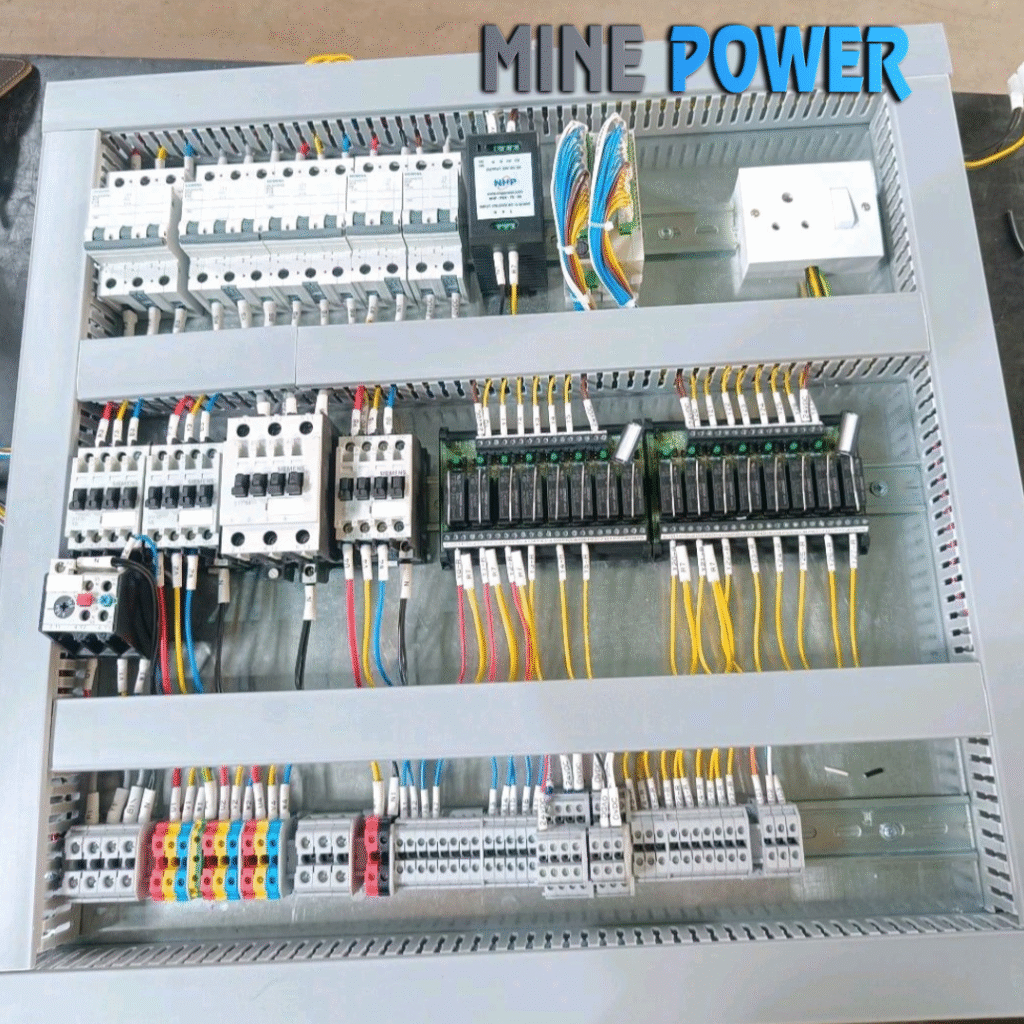
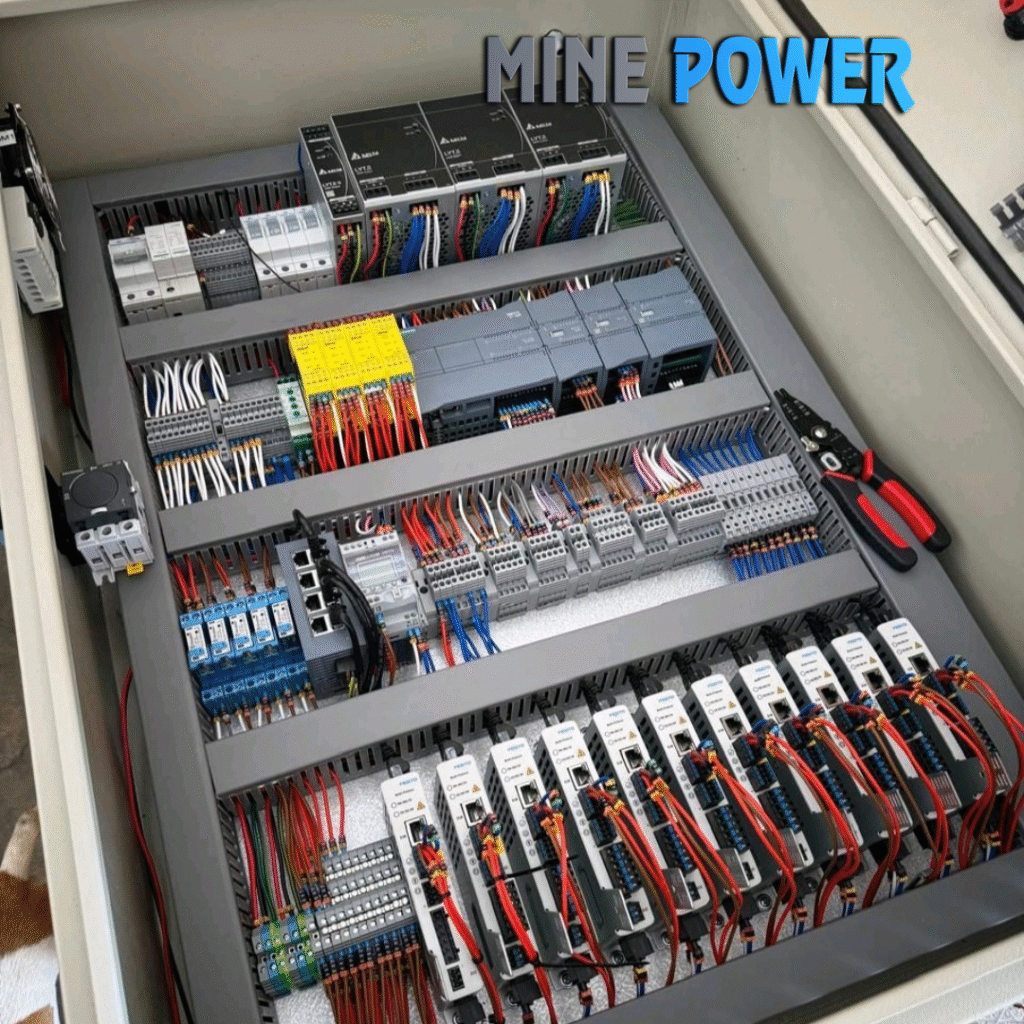
MarkCollins
November 11, 2025I’ll be referencing this in the future.